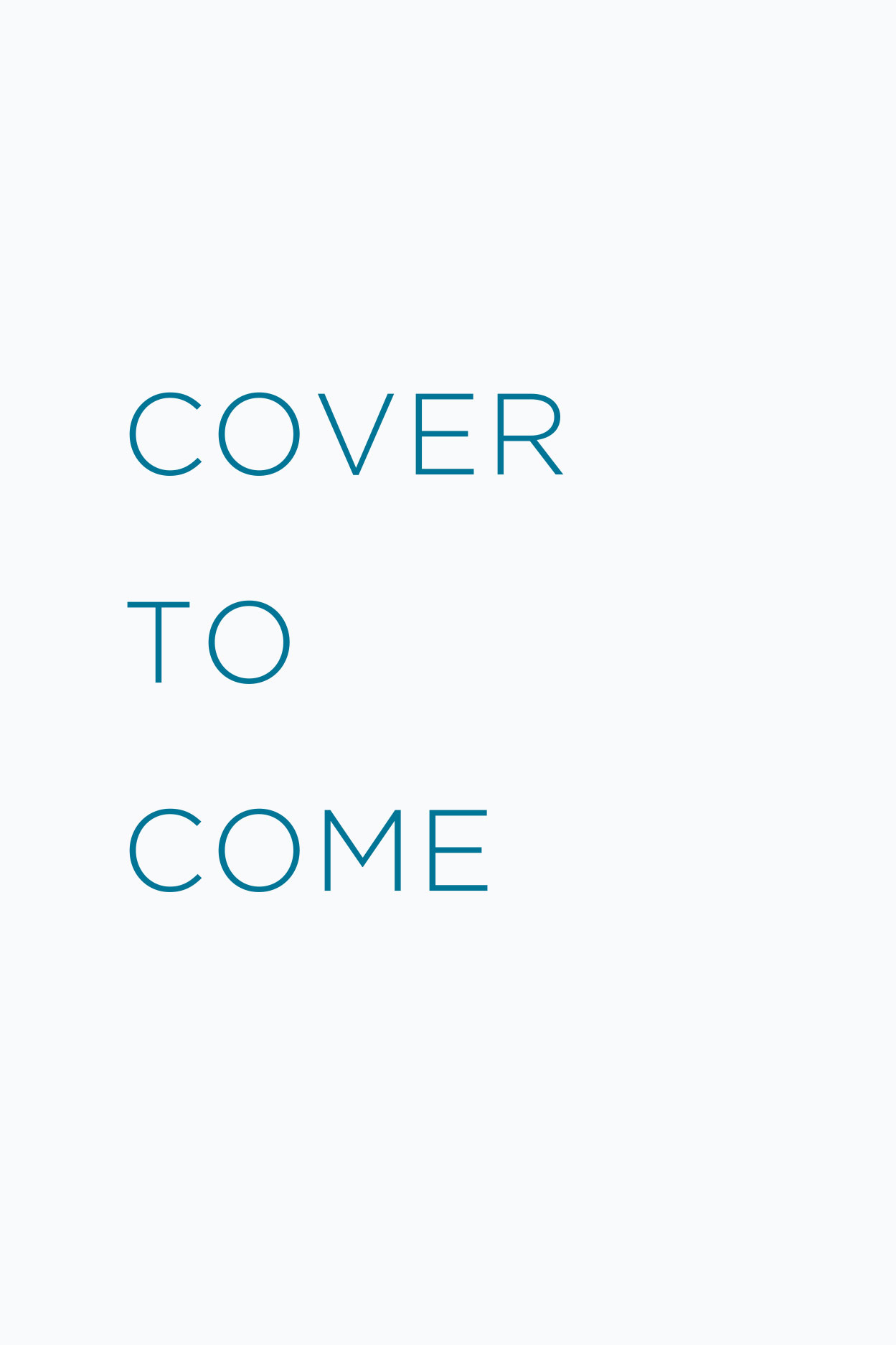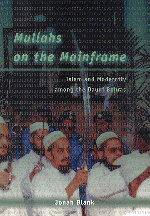Daudi (Dawoodi) Bohras on the Web
#Buhra Official Home Page
Home page for the #Buhra IRC channel. Includes some general information about the dai mutlaq and the Bohras.
Dawoodi Bohra Internet Resources
Very informative web page for both Bohras and non-Bohras alike, with information on Bohra history, religious practices, philosophy, and more.
Dawoodi BohraNet
Official home page of the global Bohra community, with information about their history, practices, and traditions.
Dawoodi Bohra Web Encyclopedia
Comprehensive web page with information about the history, literature, institutions, and society of the Bohras. (Caution: as of this writing, a number of links on this page were broken.)
Dawoodi Bohra Webring
A collection of mainly personal Bohra web pages. The main page also has general information about Bohras, and a like to a Yahoo! Bohra chat group.
Malumaat.com
"The leading web portal for Dawoodi Bohra Mumineen." Includes news, photos, events calendar, chat room, and articles written by Bohras worldwide.
An interview with
Jonah Blank
author of
Mullahs on the Mainframe: Islam and Modernity among the Daudi Bohras
Read an excerpt from the book.
Q. Who are the Daudi Bohras? Where do they live, and what do they do?

A. The Daudi Bohras are a unique denomination of Indian Muslims, with a worldwide population numbering up to one million. Many Bohras live in the city of Mumbai (formerly called Bombay) and in their ancestral state of Gujarat, but there are over 470 major communities spread across forty nations. Traditionally they have been shopkeepers, but today many Bohras are entering high-tech professions: more and more are becoming surgeons, mechanical engineers, and software designers.
Q. What sparked your interest in the Bohras, and how did you become the first anthropologist granted access into their community?
A. I was first introduced to the community by several Bohra friends of mine, some of whom I'd known for many years before beginning my fieldwork. The Bohras are (quite properly) protective of their privacy, so it took many months of confidence-building before the community leaders granted me access. Eventually, with the help of my friends, I was able to persuade clerical officials that I was basically harmless.
Q. In your book you have a moving description of your participation in the Bohras' annual observance of the Ashura ritual. Can you tell us a bit about the Ashura, and how practicing it felt for you as a Westerner?
A. Ashura is the most intensely passionate ritual of the Bohra year. Even Bohras who shun all other religious observances will often spend the first ten days of the Islamic month of Muharram at their local mosque. The rite is one that taxes both body and spirit. The fasting is absolute: not so much as a drop of water may be consumed from dawn until dusk (an arduous task, especially when the observance happens to fall at the peak of the Indian hot season). The matam involves long sessions of ritualized breast-beating, sometimes ardent enough to leave dark bruises. Even as an outsider, I was personally moved by the spiritual passion that this ritual encourages: everyone present is joined in a common trial, the commemoration not only of a specific historical event (the martyrdom of Imam Husain, the grandson of the Prophet Muhammad and one of the most important figures in Shi‘a Islam), but also of the fundamental tragedy and promise of all humanity.
Q. One of the most fascinating findings of your fieldwork with the Bohras was their use of modern communications technology, including the internet and cell phones, to connect far-flung believers. For instance, you note in the book that over 90% of your survey respondents credit modern technology with helping reinvigorate traditional values over the past two decades—quite the opposite outcome from what one might expect. Can you give us some examples of this? How has modern technology helped maintain and encourage orthodox beliefs and practices among Bohras around the world?
A. Perhaps the most important way in which technology has bolstered traditional values has been by permitting Bohras around the world to have immediate and constant contact with the dai-ul-mutlaq (the spirtual leader of the community). The Bohras differ from almost all other Muslim denominations in their extraordinary degree of spiritual centralization. As Ismaili Shi‘a, they regard the dai as the touchstone for guidance in all aspects of life (the other branch of Ismaili Shi‘ism, the Nizaris, look to the Aga Khan for similar guidance). Due to the dai's crucial importance, Bohras have eagerly pounced on each new generation of communications technology—from fax to email to digital cellphones—to maintain close contact with the dawat (the Bohra clergy).
Q. How does the dawat use green, yellow, and red "ID cards" (certificates of orthopraxy) as a modern tool for maintaining religious and political control over observant Bohras?
A. When seeking out any dawat service—clerical blessing for a wedding, for example, or permission to stay in a pilgrims' inn at a Bohra shrine—a believer may be called upon to provide proof of his or her status as a community member in good standing. Each "ID card" is issued by the local cleric, and comes in three "colors." Green indicates full compliance with all spiritual mandates, yellow indicates satisfactory compliance but with room for improvement, and red indicates that the individual has met the most basic requirements, but should really be trying harder. All card-holders are legitimate members of the community, and the card system is a modernist innovation introduced in recent decades as a way for the clergy to better monitor the level of compliance with the dai's teachings. The card system was introduced in large part to help maintain dawat control after a particularly acrimonious dispute with a group of dissident Bohras. These dissidents challenge the degree of dawat control, although they still profess spiritual allegiance to the dai.
Q. Based on your experience among the Bohras, can traditionalist Islam and modernity coexist? Can or should we in the West encourage Muslims to embrace modernity?
A. Perhaps the most important lesson the Bohras can teach outsiders is that Muslims can indeed embrace modernity while remaining true to their traditions and core beliefs. The decision about how much or how little modernity to accept is one for Muslims themselves to make—and many Muslim communities are following paths similar to that of the Bohras. For non-Muslims, the point (in my opinion) is not to encourage or discourage, but merely to try understand the wide diversity of opinion present in Islam.
Q. Are all Islamic fundamentalists violent? If not, why do some groups choose this path, and others avoid it?
A. One of the most destructive prejudices in America today, I believe, is the common stereotyping of Muslims. This is particularly true of "fundamentalist" Muslims (the term itself is problematic—I use it, but I do so with reservations). Just as Timothy McVeigh is not representative of fundamentalist Christians (he was associated with a radical right-wing church that advocated racial violence), likewise self-proclaimed mujaheddin who carry out attacks in the name of Islam are not representative of the vast majority of the world's fundamentalist Muslims. There are about 1.6 billion Muslims in the world (how many of them are fundamentalists depends on how one defines this arbitrary term) and only a tiny fraction of them ever engage in acts of violence.
Every society has its views of when bloodshed is permissible, and very few have practiced absolute nonviolence (Jains and Quakers have come close, but at an individual rather than a societal level). Westerners often demonize Islam for its concept of jihad (a concept, incidentally, best translated as "struggle" rather than "holy war," and which includes spiritual improvement as well as physical combat). When we do so, however, we should first ask ourselves—what was World War II? Who are our own heroes, both historical and fictional? Couldn't George Washington, Abraham Lincoln, and John Wayne all be described as jihadis?
Jonah Blank
Mullahs on the Mainframe: Islam and Modernity among the Daudi Bohras
©2001, 416 pages, 9 halftones
Cloth $50.00 ISBN: 978-0-226-05676-0
Paper $22.50 ISBN: 978-0-226-05677-7
For information on purchasing the book—from bookstores or here online—please go to the webpage for Mullahs on the Mainframe.
See also:
- Our catalog of books in Anthropology
- Our catalog of books in Asian studies
- Our catalog of books in Religion
- R. Scott Appleby, editor, Spokesmen for the Despised: Fundamentalist Leaders of the Middle East
- Daniel Brumberg, Reinventing Khomeini: The Struggle for Reform in Iran
- Martin E. Marty and R. Scott Appleby, editors, The Fundamentalism Project
- Other excerpts and online features from University of Chicago Press titles
